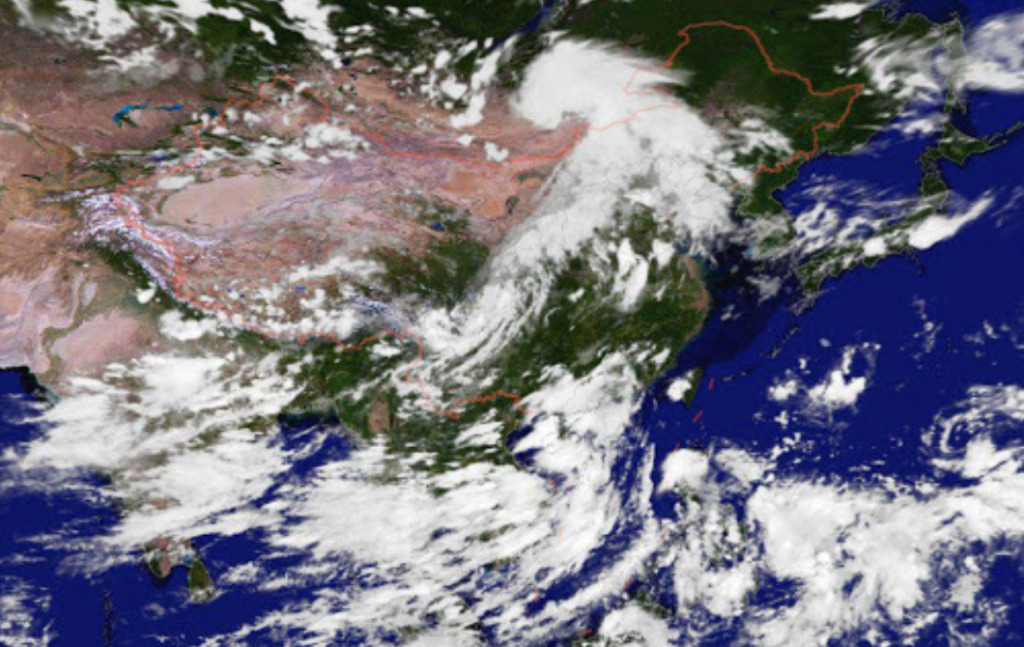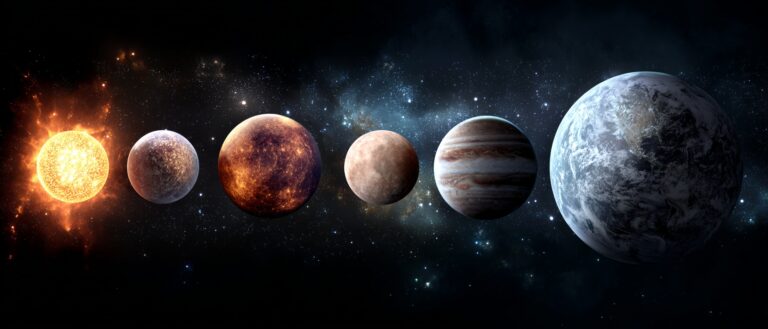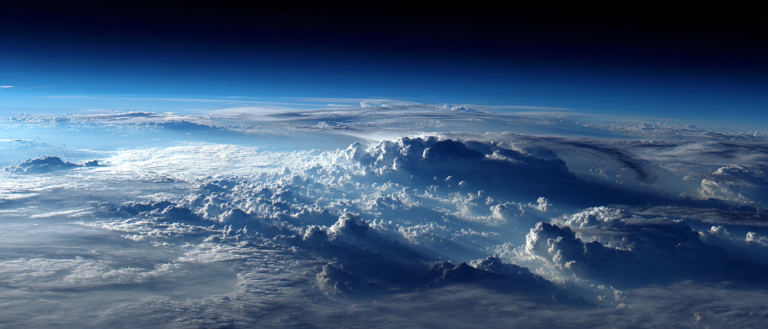Command Palette
Search for a command to run...
Why can't Weather Stations and AI Accurately Predict the Weather?

According to the forecast of the meteorological department, Beijing will experience the heaviest rainfall since the beginning of the flood season this year on August 12, which has attracted the attention of all sectors of society and made people start to pay attention to weather forecasts and the scientific forecasting methods behind them. Nowadays, artificial intelligence has also been added to meteorological observations.
According to the forecast of the meteorological department, Beijing will experience the heaviest rainfall since the beginning of this year's flood season on August 12, and departments at all levels have issued early warning notices.
After a long day and night of waiting, the intermittent rainstorms provided a lot of inspiration to netizens, creating many widely circulated jokes. It also made everyone curious about how to forecast the weather? How to make the weather forecast more accurate and timely?
Who is in charge of the weather forecast, the Dragon King or the satellite?
In the past, weather forecasts were based on various meteorological observation instruments and multiple meteorological stations. Temperature, humidity, air pressure and other indicators were measured, and the observation results were summarized and plotted on a graph.
This picture shows the changes in the atmosphere at different altitudes and levels, thereby predicting possible weather.

Different weather conditions are detected using different facilities. For example,Ground StationIt can directly measure wind and precipitation, etc., and can also conduct temperature, pressure, humidity and wind observations, as well as lightning observations.
Radar observations, such asDoppler radarCan detect and measure precipitation in real time, andRemote sensing automatic observation.
The Fengyun satellite we are familiar with ismeteorological satellite, is to provide multispectral imaging, such as day and night visible light, infrared cloud images, ice and snow cover, vegetation, ocean water color, sea surface temperature, etc.;

Nowadays, weather forecasting has added more objective methods such as numerical forecast models and algorithm forecasting, as well as more complete forecasting systems and observation data.
Meteorology is so complex that it can reflect a country's strength
Meteorological research is not just about wind and rain, but covers the five major circles from the ocean to the sky, namely the atmosphere, springs, lithosphere, biosphere, and cryosphere.
The chief engineer of the China Meteorological Administration's Film and Television Center mentioned in an interview with "iScientist": "In meteorological research,Physics is needed to explain the movement of the atmosphere and the ocean, chemistry is needed to understand the changes in matter, and mathematics is needed to count and calculate. Behind the few numbers in the weather forecast is a large amount of knowledge accumulated from multiple disciplines, and a country's strongest computing power and space exploration capabilities."
my country's weather observation network has formed a three-dimensional observation system. According to the China Meteorological Administration in May this year, my country's meteorological department now has more than 70,000 ground meteorological observation stations, with a national township coverage rate of 99.6 %, and data transmission time efficiency increased from 1 hour to 1 minute.

The new generation weather radar network consisting of 216 radars has successfully launched 17 Fengyun series meteorological satellites, 7 of which are in orbit, providing services to more than 100 countries and regions around the world and more than 2,500 users in China.
At present, there are more than 1,000 meteorological satellites in space around the world, which can provide a large amount of meteorological data such as wind, rain, temperature, etc. There are also hundreds of thousands of national and enterprise-level meteorological stations on the earth, which are constantly collecting real-time data.
National-level weather stations provide convenience for people's lives, while enterprise-level weather stations provide commercial services, such as providing more granular weather data for large farms, sports events, and the aviation industry.
Unpredictable events may occur, and AI cannot predict them either.
According to recent data from the China Industry Information Network: China's meteorological service industry revenue is expected to reach 300 billion yuan in the next five years.
Many large companies such as GE, IBM, Google, Panasonic, etc. have expanded and provided meteorological data services.
AI Testing the Wind and Cloud: Neural Networks
Earlier this year, Google released Machine Learning for Precipitation Nowcasting from Radar ImagesIn a paper published in the journal Nature, researchers at Google AI focused on "Development of a machine learning model for precipitation prediction"Propose new research methods.
The new method in the paper is to establish a short-term precipitation forecast model using data-driven methods without using any atmospheric physics models. Only neural networks are used to learn and fit atmospheric physics through training data sets, without using prior basic knowledge of atmospheric physics.
In this method, precipitation forecasting is regarded as an image-to-image conversion problem, and a convolutional neural network with a U-net structure is used to achieve the forecasting purpose.
AI Testing: Image Recognition
In weather forecasting, radar data is converted into images. By extracting image features such as hue, saturation, and brightness, image recognition methods are used to distinguish different weather phenomena, such as rain, snow, hail, dew, frost, and fog (haze).

The first three images in the upper row show the radar images 60 minutes, 30 minutes, and 0 minutes before now, and the rightmost image shows the radar image 60 minutes later, which is the ground truth of the nowcast.
The lower left panel is for comparison purposes, and is the vector field produced by applying the optical flow (OF) algorithm to model the advection of the data from the first three panels above.
Optical flow OF is a computational vision method developed in the 1940s and is often used to predict short-term weather evolution.
The bottom right image shows an example forecast for OF that predicts precipitation quite well, but fails to account for the storm's decaying intensity.
AI for high performance computing
IBM operates the world's highest-resolution global weather forecast model, the Global High-Resolution Atmospheric Forecasting System (GRAF). It is the first global weather model to update hourly, capable of predicting small-scale weather systems like thunderstorms almost anywhere on Earth.

To support the operation of a large system like GRAF, IBM supports 84 AC922 nodes.Each node is equipped with four Nvidia V100 GPUs and 3.5 PB of IBM Spectrum Scale Storage, and can process up to 10 TB of weather data per day.
AI measures the wind and cloud: What AI says doesn’t count
Although it seems that artificial intelligence has provided many scientific research accelerations for meteorological and weather forecasting, after interviewing professional scholars in the industry, we learned that in weather forecasting,There are thousands of factors that affect weather changes, whether it is sunlight or ocean currents. Each variable is constantly changing and will affect climate change.
The more variables involved, the higher the requirements for AI training data and computing power. For example, the heavy rainfall in Beijing occurred duringThere will be a certain error in the prediction and warning of severe convective weather one day in advanceWhether it is comprehensive analysis or AI, there is still a long way to go in the prediction of meteorological data.
However, the sudden rainfall in Beijing has helped more people understand the scientific knowledge and research efforts behind weather forecasts, which is a timely and rewarding outcome.

References:
- iScientist: Why are weather forecasts sometimes inaccurate? We talked to meteorologists
– Google:Using Machine Learning to “Nowcast” Precipitation in High Resolution》
– Machine HeartStrengthen data analysis, accurate weather forecast, and AI-enabled meteorological research》
– IBM https://www.ibm.com/weather/industries/cross-industry/graf
-- over--








